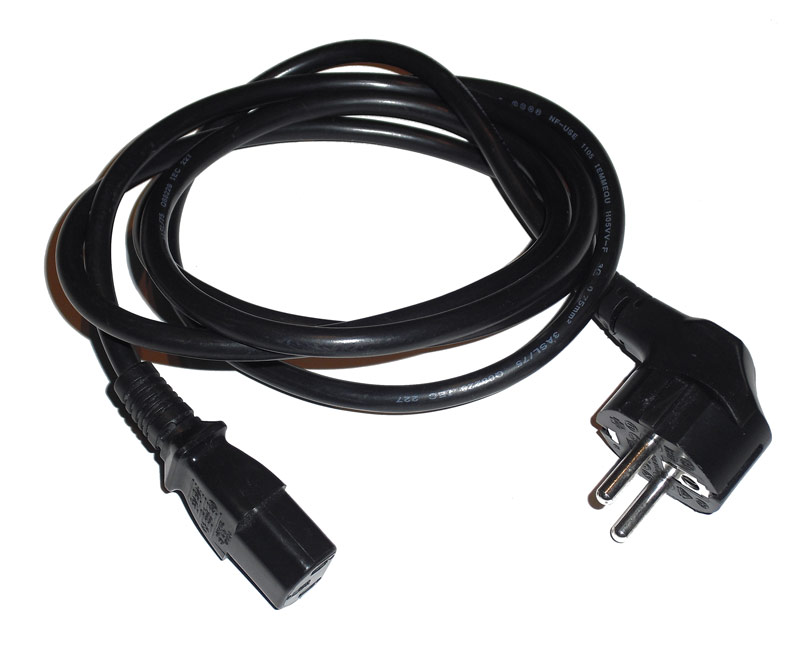AmbivalentBeliever
Member
- Joined
- Oct 25, 2018
- Messages
- 12
- Likes
- 5
I was looking at getting some new cables for IEMs and I came across two questions.
1. What exactly is balanced vs. unbalanced and why does it matter?
2. How does pure copper, silver-plated copper, and copper/SPC hybrid compare to each other? Especially with 8 core cables.
From my understanding, the balanced vs. unbalanced subject matters when running long cables (i.e. pro-level XLRs) to remove noise in the signal and for shorter cables (<3 ft) it does not matter. I guess it won't hurt to get a balanced cable in any case but I don't think it really matters like some people say it does.
Or am I thinking about this wrong and need to incorporate the DAC/Amp and the whole system into account as well?
2. pertains more to the cables I was looking at getting. I don't (really) believe that cables affect sound quality unless its purposefully built to be "unique" (i.e. purposefully made with some special materials to have significant impedance changes or just really poorly built cables). I can barely (or can't even) hear the difference between silicon tips, with foams vs. silicons being more noticable to me. Between copper and silver (plated copper), I don't think I'll be able to hear any difference. The one that concerns me is the copper and silver (plated copper) mix. Won't having a mix of cable strands actually affect the sound in this case because in certain wires (i.e. copper vs. silver) the electrons will experience a different impedance? I'm fairly certain this will be imperceptible and negligible but the thought is still there (particularly as I saw a review for the cable I was looking at that mentions something about how the sound had changed because of this).
1. What exactly is balanced vs. unbalanced and why does it matter?
2. How does pure copper, silver-plated copper, and copper/SPC hybrid compare to each other? Especially with 8 core cables.
From my understanding, the balanced vs. unbalanced subject matters when running long cables (i.e. pro-level XLRs) to remove noise in the signal and for shorter cables (<3 ft) it does not matter. I guess it won't hurt to get a balanced cable in any case but I don't think it really matters like some people say it does.
Or am I thinking about this wrong and need to incorporate the DAC/Amp and the whole system into account as well?
2. pertains more to the cables I was looking at getting. I don't (really) believe that cables affect sound quality unless its purposefully built to be "unique" (i.e. purposefully made with some special materials to have significant impedance changes or just really poorly built cables). I can barely (or can't even) hear the difference between silicon tips, with foams vs. silicons being more noticable to me. Between copper and silver (plated copper), I don't think I'll be able to hear any difference. The one that concerns me is the copper and silver (plated copper) mix. Won't having a mix of cable strands actually affect the sound in this case because in certain wires (i.e. copper vs. silver) the electrons will experience a different impedance? I'm fairly certain this will be imperceptible and negligible but the thought is still there (particularly as I saw a review for the cable I was looking at that mentions something about how the sound had changed because of this).

